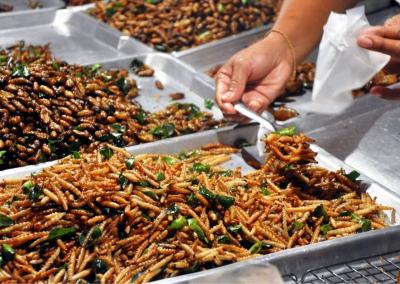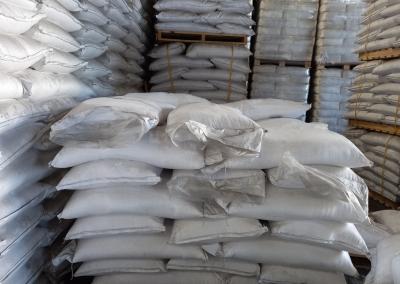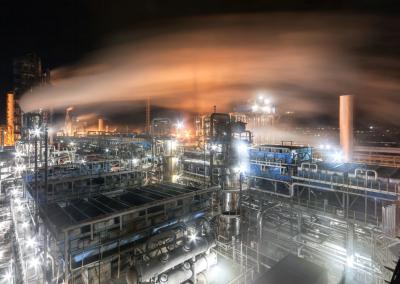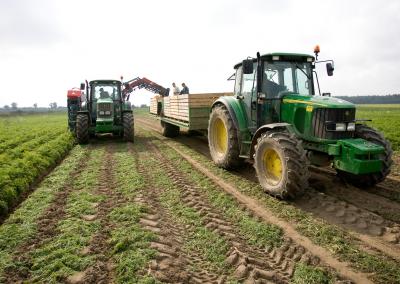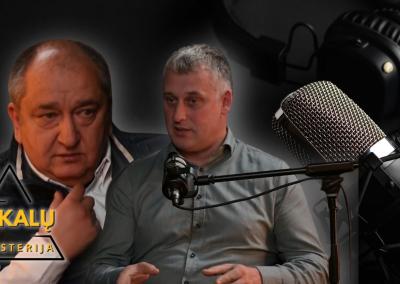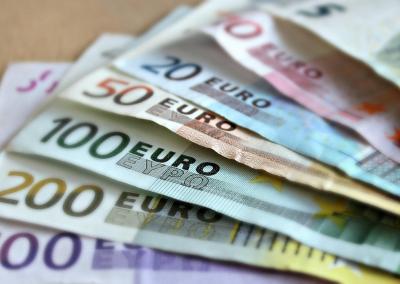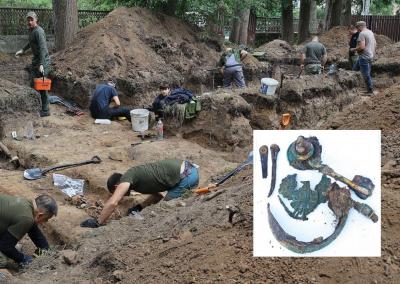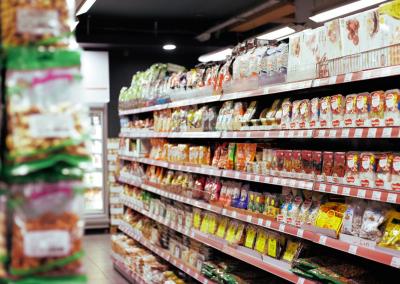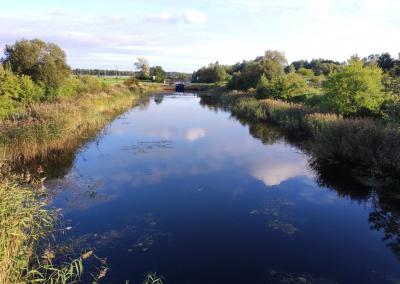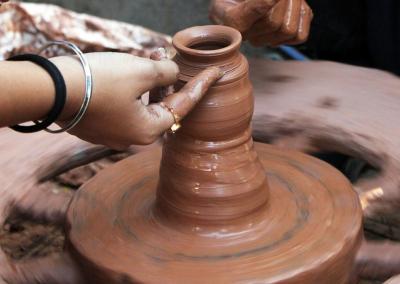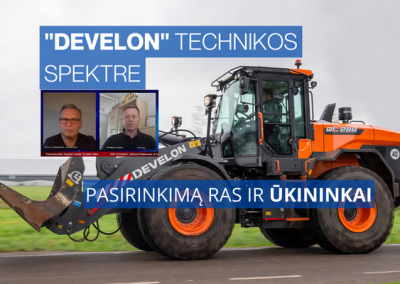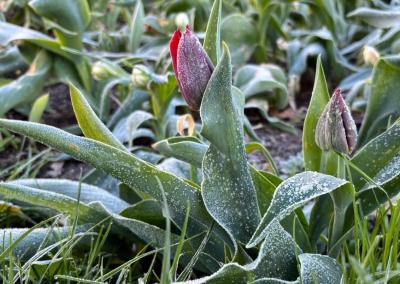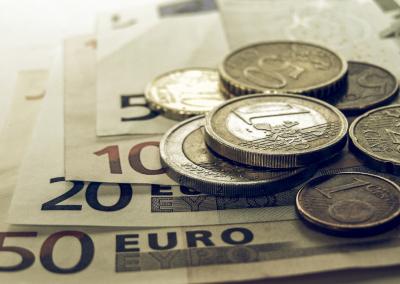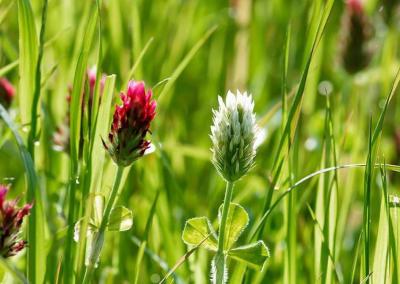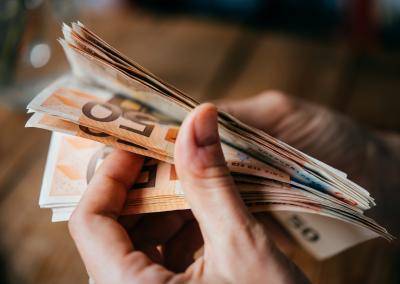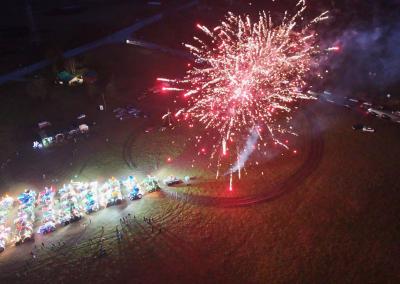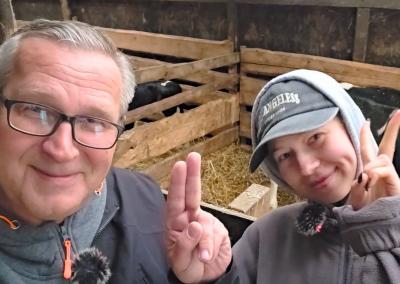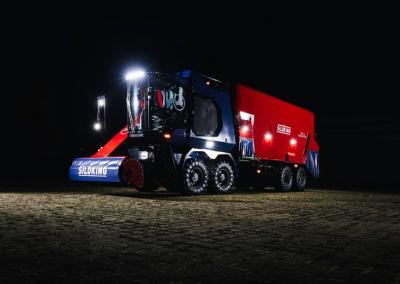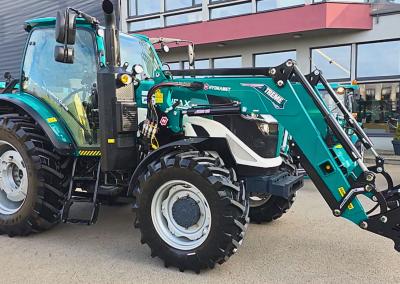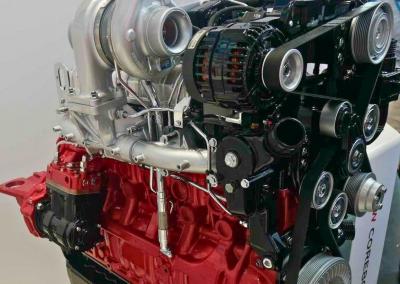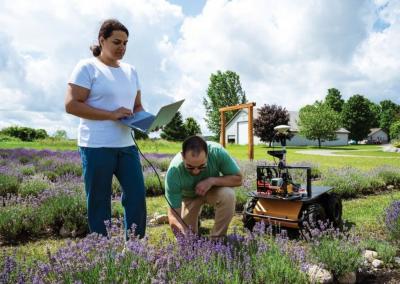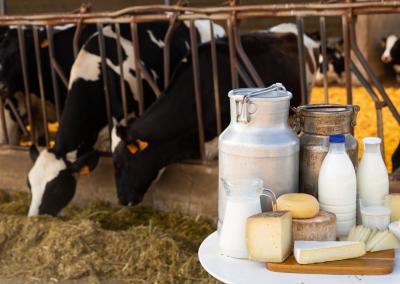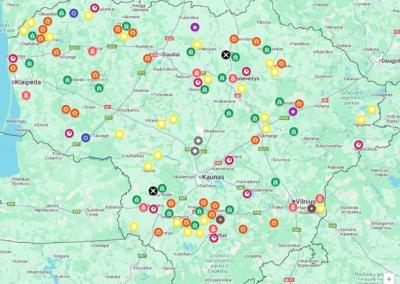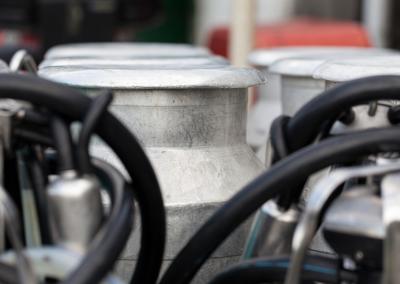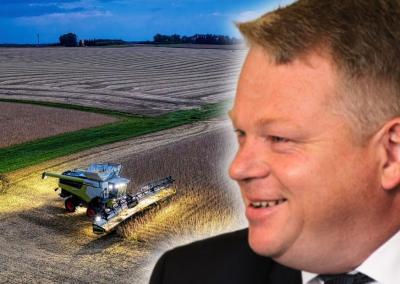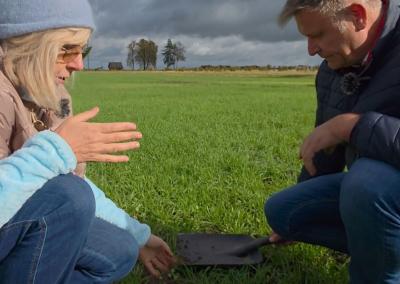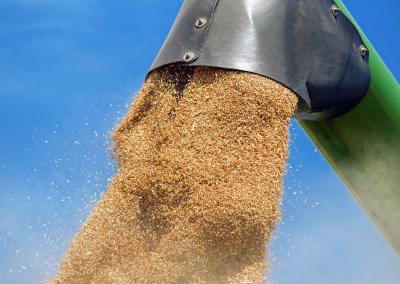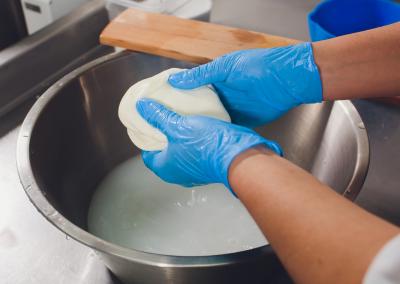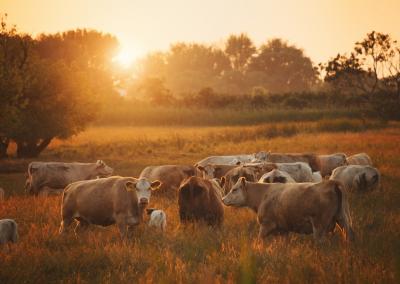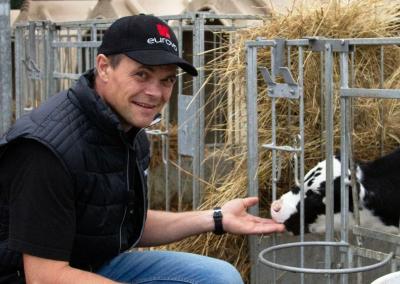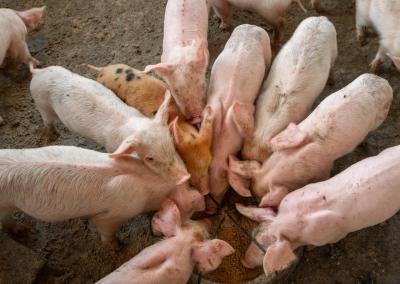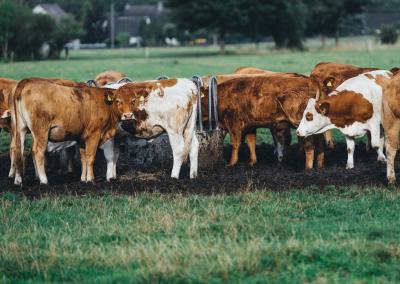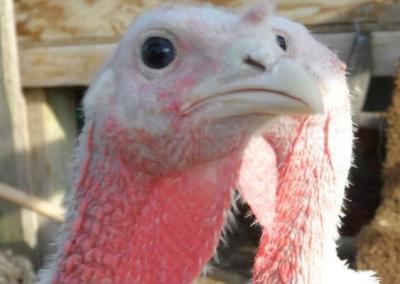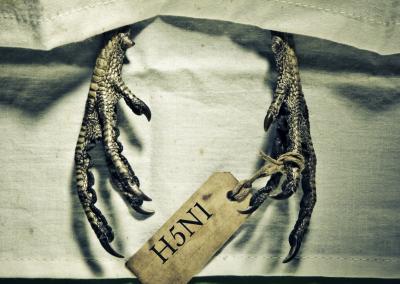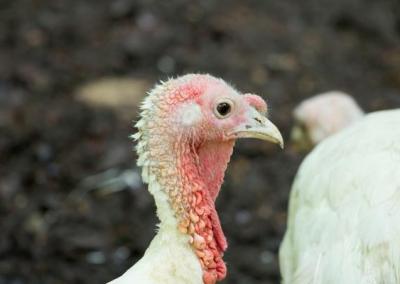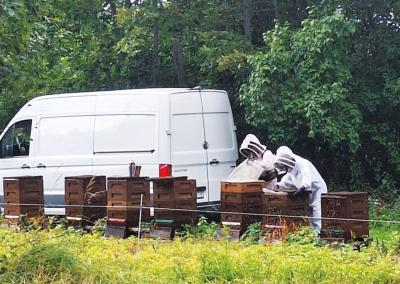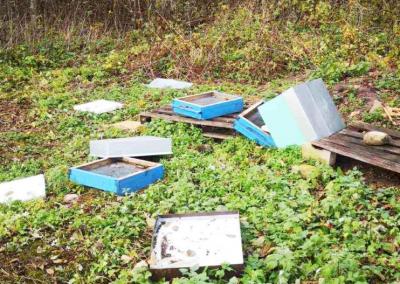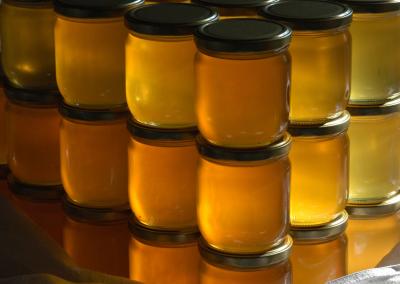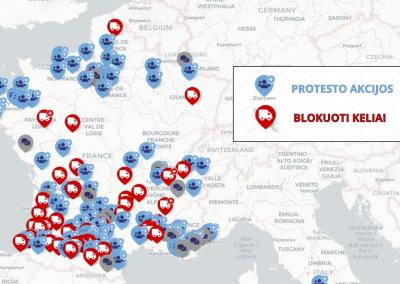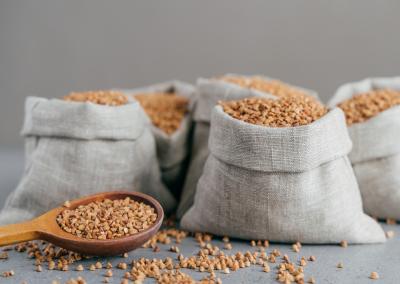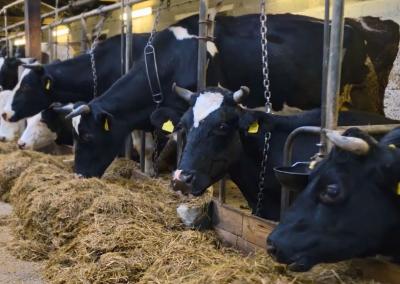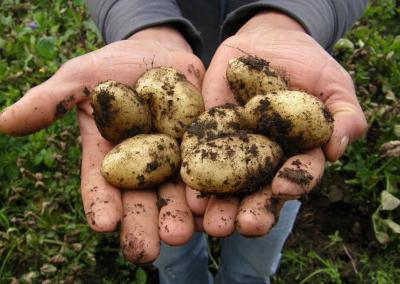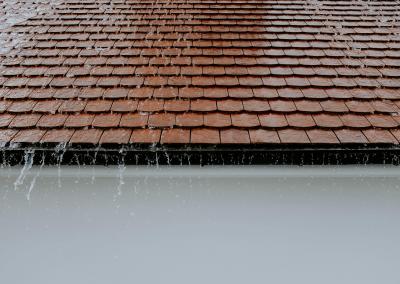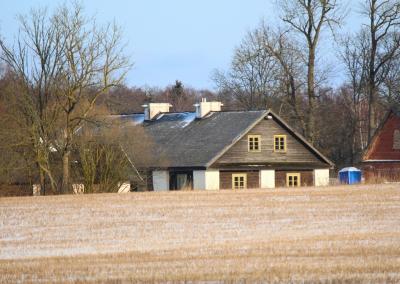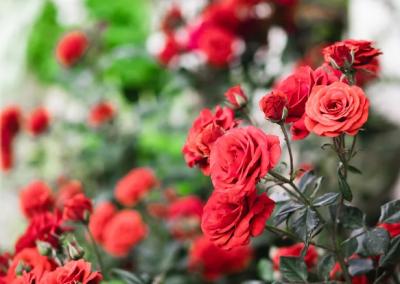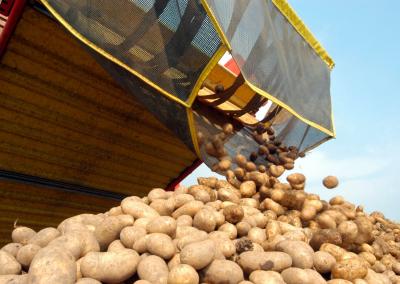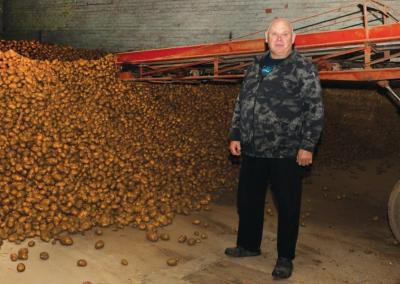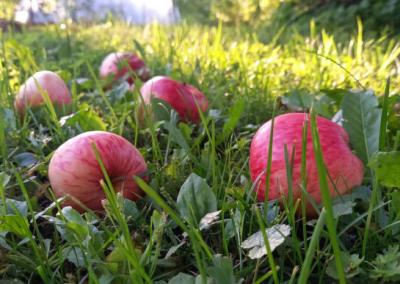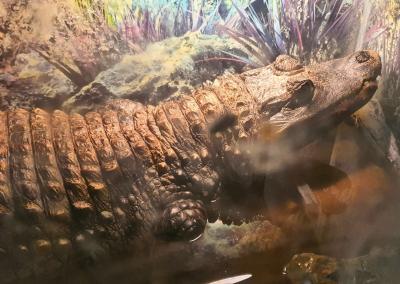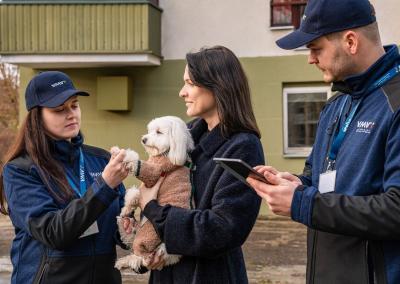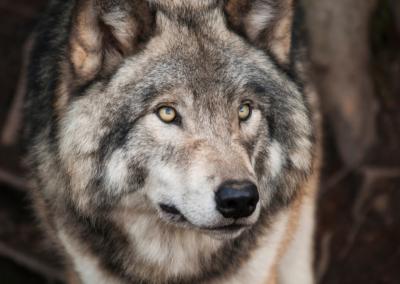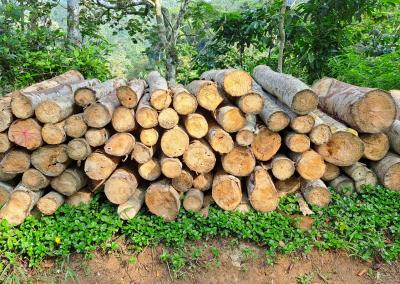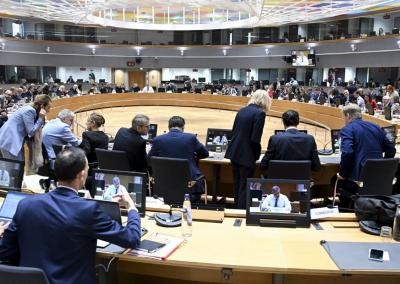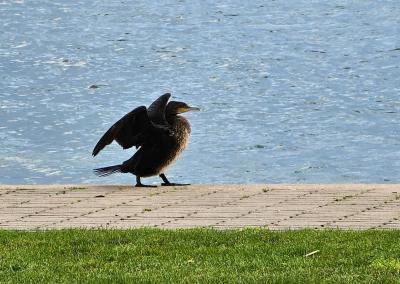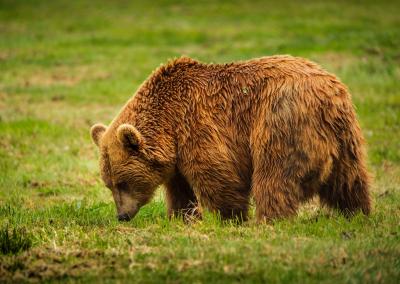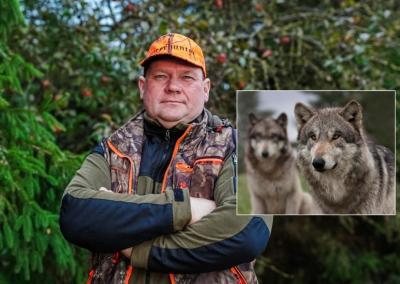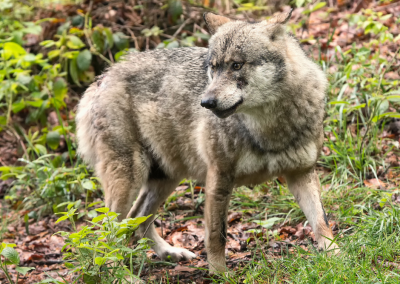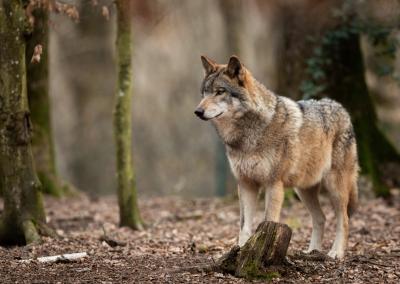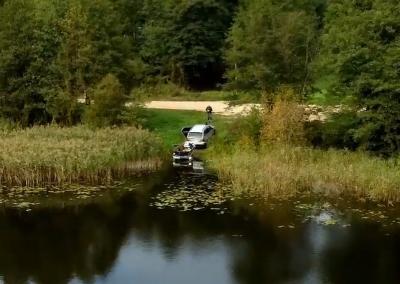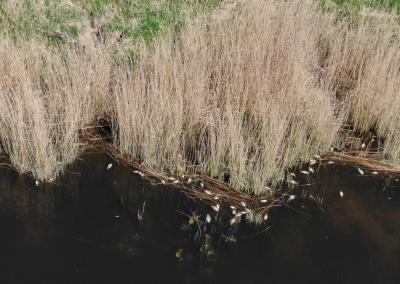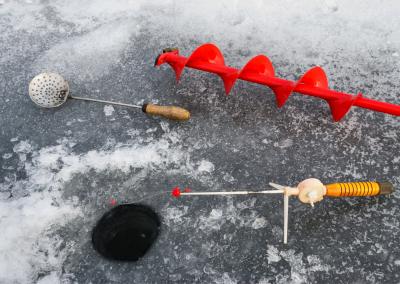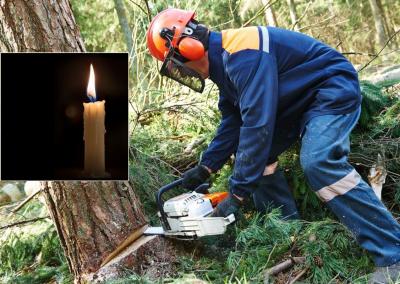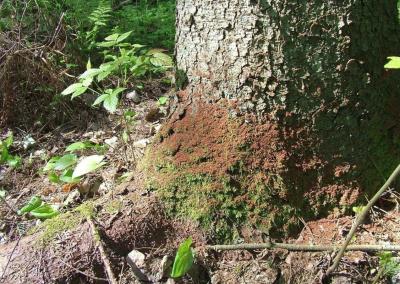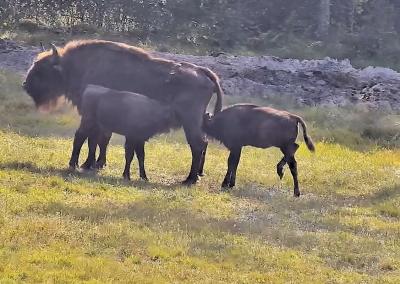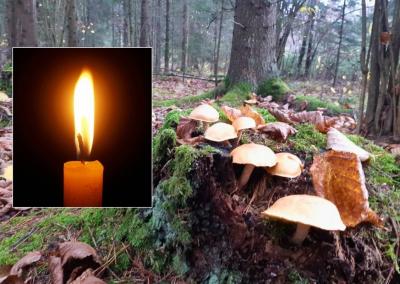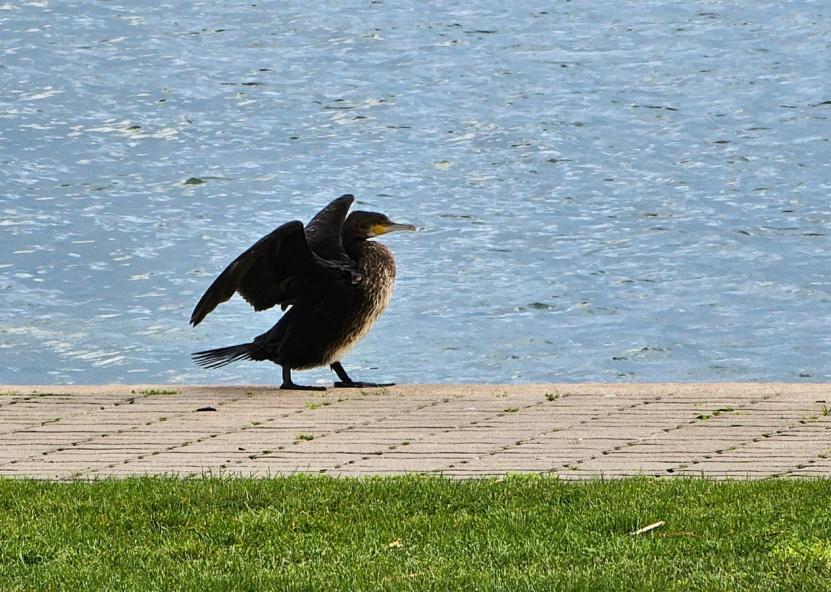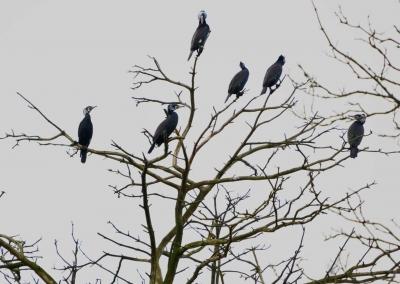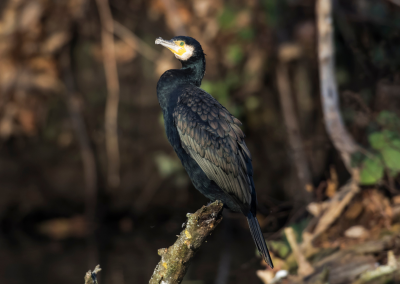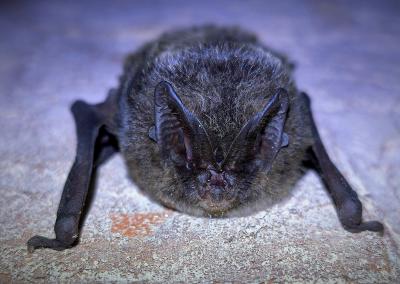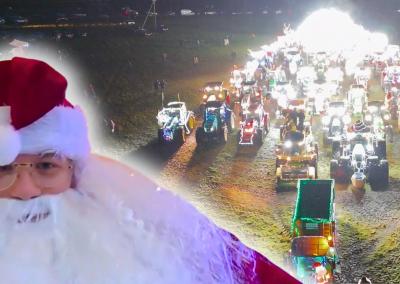MPs and the Ministry disagree on the need to regulate the cormorant population
With the Ministry of Environment proposing to monitor the dynamics of the cormorant population for several years before deciding on its optimal size, parliamentarians are proposing to take stricter measures to regulate their numbers and the damage they cause to fish farmers.
The Parliament's Committee on Rural Affairs proposes to eradicate cormorants near fish ponds, while closer to the Baltic Sea, their population could be maintained.
Kęstutis Mažeika, chairman of the committee and a representative of the Democrats' group "In the name of Lithuania", proposes that the Ministry should no longer regulate cormorant colonies within 5 kilometres of fish farms and should abolish their hunting quotas for two years. He also proposes to freeze the eggs of these birds in order to regulate their population.
„Even egg freezing would be undertaken as soon as possible, this year in areas where colonies are closest to fish farms“, said Mr Mažeika, as the committee discussed cormorant population management this week.
„And where they feed on cormorants and other marine fauna, let that population be supported“, – he added.
At the moment, the Ministry of Environment is taking a different view – to monitor the cormorant population for a while and then take decisions.
„Looking at the numbers (of cormorants – BNS), a decision was made to observe the dynamics of the population for a while, to see which way things will develop“, – Deputy Minister of Environment Ramūnas Krugelis told the committee.
The cormorant population has stabilised, he said, and has been declining in recent years, including in the Curonian Spit, where 200 fewer pairs are now breeding.
K. Mažeika recalled the 2013 order of the Minister of the Environment to reduce the cormorant population to 2,000 breeding pairs by 2018.
„As far as I know, the population is much higher in Juodkrante alone,“ said K. Mažeika.
„Statesman“ Bronis Ropė stressed that the committee's deliberations on the damage caused by cormorants to the fish business have been going on for years and have become more like seminars than problem solving. He suggested that the Ministry of Environment should prepare and submit a concrete plan within two months on how the 2013 ministerial order will be implemented.
Kazys Starkevičius, a conservative, proposed to decide whether all cormorants should be protected, or only the large ones. He said that the European Commission had replied that another subspecies was protected, not the great cormorant.
„Why are we lumping all birds together? Do we know how many truly protected ones we have?“ – he asked.
Algis Klimavičius, head of the Ministry of Environment's Nature Conservation Policy Group, said that the Lesser and Aristotle cormorants are considered endangered.
Rimantas Jurgelionis, a spokesman for the Islauzas fish farm, says the damage caused by cormorants is estimated at €1 million, including damage to fish to the cost of the hunters. Rolandas Morkūnas, head of the National Association of Aquaculture and Fish Products Producers, estimates that there are currently 8,500 breeding pairs of cormorants in Lithuania, and around 18,000 cormorant chicks. According to the data of the State Service for Protected Territories, in 2021, 2022, 2022 – 9.2 thousand, 2023 – 7.8 thousand pairs of Great Cormorants will breed in Lithuania, and by 2024, according to initial estimates, there will be 7.6 thousand pairs of Great Cormorants breeding in the protected areas. According to the authorities, the number of cormorants shot in recent years has been increasing: 3.3 thousand birds in 2021, 4.7 thousand in 2022 and 6.1 thousand in 2023 Great Cormorants have eight colonies in Lithuania, the largest of which are located in Juodkrantė and Rusnė Archipelago. ![]()

